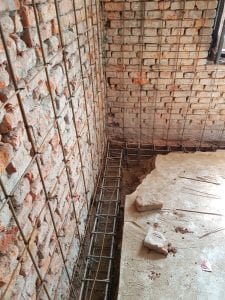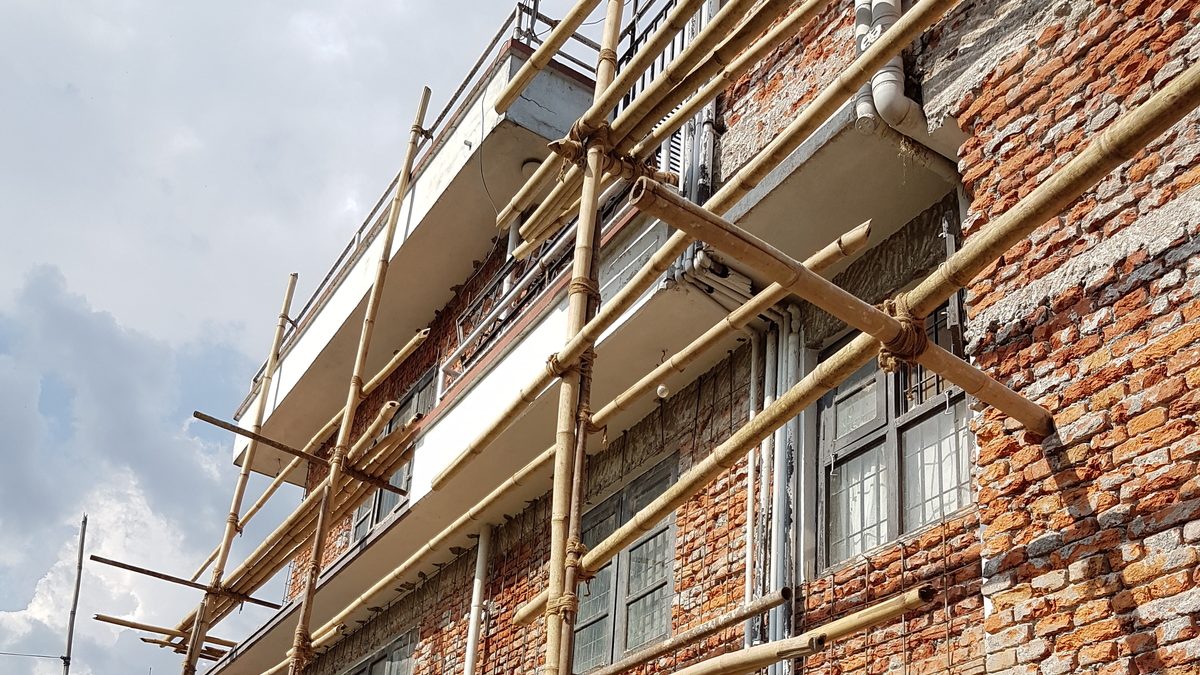BCIT Civil Engineering students Ryan Kroeker and Casey von Hahn spend most of their time in Burnaby, British Columbia, studying with the BCIT School of Construction and the Environment. This summer, however, they’re in Kathmandu, Nepal. Ryan and Casey are working as Earthquake Engineering Interns, helping the area become more earthquake resilient. They are blogging about their experience. To find more of their stories, click on Casey’s byline above or this link.
As students in civil engineering, we had the honour of representing BCIT at a seminar on “Earthquake resistant building construction and necessity for revision of NBC 105:1994”. The discussion was on the history of earthquake activity in Nepal, the devastating earthquake that struck in 2015, ways to increase seismic resistance of new structures, and what to revise in the next building code update for Nepal.

Even though most of the PowerPoint presentations performed were in Nepali, the enthusiasm of the presenters and English slides made their speech very clear. Bishnu Pandey, a professor at BCIT in the civil engineering program presented a discussion based on the differences between the Nepal building code in comparison to Japan’s, USA’s, and Canada’s building codes. People from government offices, engineers, consultants, students, and contractors all attended the event with interest and questions. It was very intriguing to be in a discussion where dozens of people are concerned on the safety of Nepal’s infrastructure and society. After Bishnu finished his presentation, he received an award/token of love for presenting on the serious issue of seismic activity here in Nepal. We finished the day with Bishnu showing us around the first engineering university he attended here in the Kathmandu valley.
Construction here in Nepal is so much different from what we are used to at home. Timber construction for residential homes is the most common building material, as North America has so much timber as a natural resource. Out here in Nepal however, large timber trees are not as prominent and the construction of homes varies from mud and stone walls to concrete frames infilled with bricks.
Most of the older homes here are built of mud and stone and/or bricks and only 1 storey tall. As time proceeded, the families of the homes added masonry and mortar and concrete frames on top of this first storey. However, the mud and bricks walls can’t handle earthquake loads and are in danger of failure during a seismic event. This is where new and developing retrofit technologies are taking place. These technologies help create a earthquake resistant home and save the families a fraction of the cost from building a new home.

We are very lucky to be here and see these new technologies take place thanks to BCIT and Earthquake Safety Solutions. The photo shows a new type of retrofit method being applied to a home called ‘Jacketing”. It works by encasing the walls of a structure with rebar and mortar. These rebar’s extend from the bottom of the building at a tie-beam (seen in the photo) and extend all the way to the top of the building. This is done for all the walls helping them act uniformly as shear walls to resist the lateral forces an earthquake produces.
